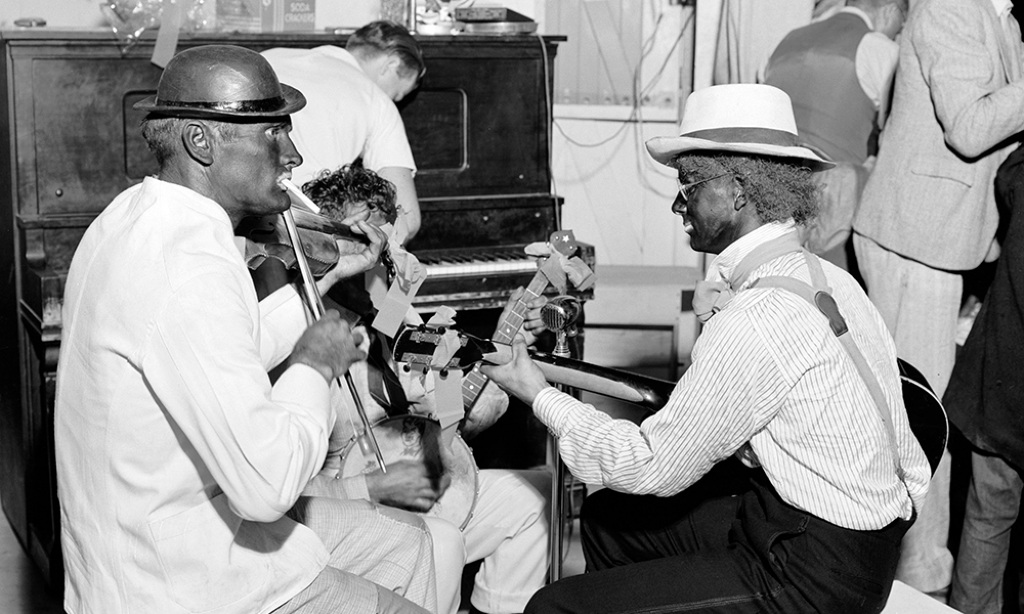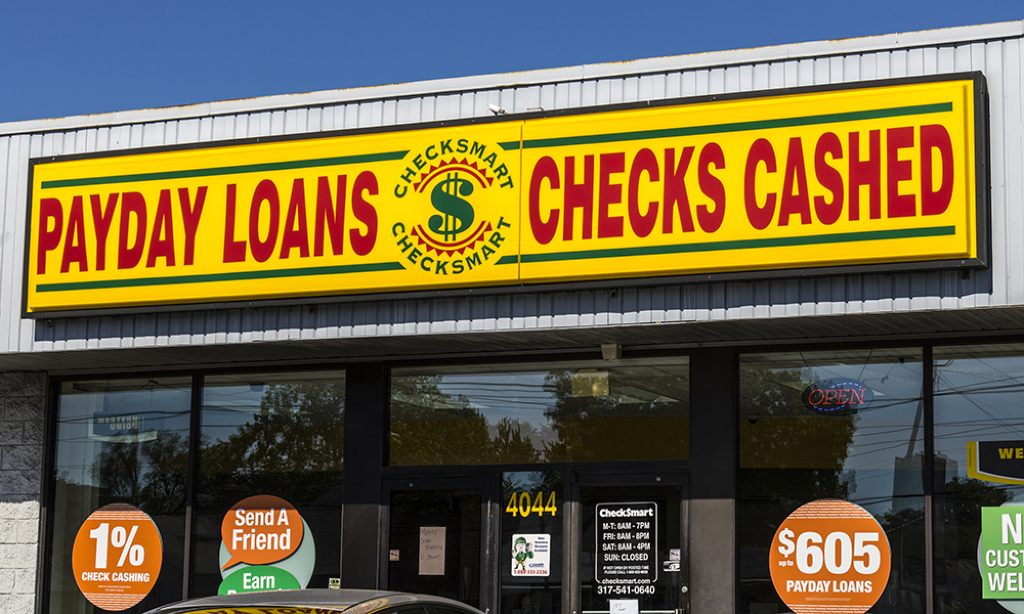America’s Black Homeownership Gap Continues

- In 2022, Black Americans are still last on the homeownership totem pole.
- The history of Jim Crow and Black Code Laws added to years of housing discrimination.
- Awareness and understanding of discrimination are keys to providing fair and equal opportunities.
America has a long way to go to close the racial wealth gap, including homeownership. There is a deep history behind America’s Black homeownership gap and why it keeps holding Black Americans back from building sustainable wealth.
History of Jim Crow
Jim Crow laws were a collection of state and local laws that legalized racial segregation.
In 1830, Thomas Dartmouth Rice, a white American entertainer, traveled to the South to study and observe enslaved people. He then went on to develop a Black stage character named Jim Crow. The character was created to portray negative stereotypes amongst the Black community. For example, Black people were portrayed as lazy, ignorant, hypersexual, criminal, cowardly, and superstitious.
Rice developed “Blackface minstrel shows” that became increasingly popular in the post-Civil War era in North and South America. His team of Irishmen would darken their skin, enlarge their lips, and exaggerate other features of their bodies to make fun of the Black community. They would then sing, dance, and act foolishly to show others how people in the Black community were perceived.

David J. Leonard, Professor of Comparative Ethnic Studies and American Studies and Culture at Washington State University, stated, “It’s an assertion of power and control. It allows a society to routinely and historically imagine African Americans as not fully human. It serves to rationalize violence and Jim Crow segregation.”
As society became more modernized, so did how “Blackface” was portrayed. It moved from the theater to the film industry, eventually becoming a recruiting tool for the Ku Klux Klan.
Recommended Read: Equity vs. Equality, and Why African Americans Deserve Both
Black Code Laws
At the start of the 1880s, Black Americans found more freedom in bigger cities in the South. But, as they began to move their families, white city officials demanded more laws to limit opportunities for Black people.
“Black Code” were laws that detailed when, where, and how formerly enslaved people could work and how much they were to be paid. These codes aimed to create debt bondage amongst the Black community, control where Black Americans could live and travel, and even seize children for labor purposes.
The Ku Klux Klan would terrorize, lynch, and force Black families off their land to exercise power. After the Reconstruction period, many Black families lost their property, and many single-family homes were made into multifamily homes rented out to Black families. These homes were segregated throughout different cities, eliminating the ability of Black Americans to own property.
Redlining
Federal, state, and local policies have mapped out racial disparities using redlining for decades. Redlining is a process in which a lender assesses the risk of lending in certain neighborhoods based on their racial and ethnic composition.
Redlining, which the federal government supported, allowed FHA loans to be granted to most whites between 1930 and 1960. These loans allowed 98% of whites to live in the best neighborhoods, attend the best schools, and create lasting home equity.
Recommended Read: Redlining’s Lasting Effects on Black Americans Today
When the Fair Housing Act of 1968 made redlining illegal, the economic homeownership gap between whites and Black Americans was widespread. As a result, many banks and lenders adopted the usage of redlining to deter Black Americans from living in white neighborhoods. Since then, the state of Black wealth has continued to decline.
Predatory Lending and Black America
According to a 2019 study, the median net worth of a white household was $188,200 compared to Black Americans, which was $24,100. The significant difference in net worth goes to show that Black Americans have had an unfair advantage in banking and lending services.

Editorial credit: Jonathan Weiss / Shutterstock.com
The unfairness in the banking industry has left African Americans to lean heavily on payday loan companies. Annual percentage rates on a payday loan range from 391% to 521%. Payday loan marketing targets more Black neighborhoods than any other color. Without financial literacy, this leaves many Black Americans to believe that payday loan companies are on their side.
Recommended Read: Challenges Faced by the Unbanked, Underbanked, and Financially Excluded
Due to many discriminatory practices, Black Americans have always had to pool together resources to survive. Less income meant relying on selling their assets or borrowing money from loan companies. In addition, high-interest rates and low compensation made it harder for Black people to repay their loans resulting in them having to sell their assets.
Discriminatory Home Appraisals
Home appraisals overstate property value in Black neighborhoods and understate property value in white ones. Studies also showed that homes in white communities appreciated almost $200,000 in value, more than those in Black communities.

In 2018, a study showed that neighborhoods with homes that are populated by 50% of Black people are valued at half the prices compared to homes that are in a neighborhood without Black Americans.
Moreover, less than 100 years ago, the appraisal industry opened up to Black Americans. However, the history of discrimination has not been far behind it.
Recommended Read: U.S Household Wealth Declines
The Money Wrap-Up
Homeownership is an important factor in building wealth. Home equity sometimes accounts for two-thirds of the average American’s wealth. In fact, homeownership is one of the most effective ways to build wealth, which helps build financial security and provides generational wealth for homeowners’ families.
The data clearly shows the various factors that have contributed to Black Americans being unable to become homeowners compared to white families and other races.
Unfortunately, as a society, we have a long way to go before we get on the same page and see one another as equal. However, the solution to the problem starts with awareness and understanding that Black people have an unfair advantage regarding homeownership. More so, more laws and opportunities to protect Black Americans and help make it accessible to build wealth without predatory lending practices need to be implemented.
The racial wealth gap has been a dominant force in America for centuries. But, until reform is made on the federal, state, and local level, it’s unclear where the housing gap for Black Americans will stand in the coming years.